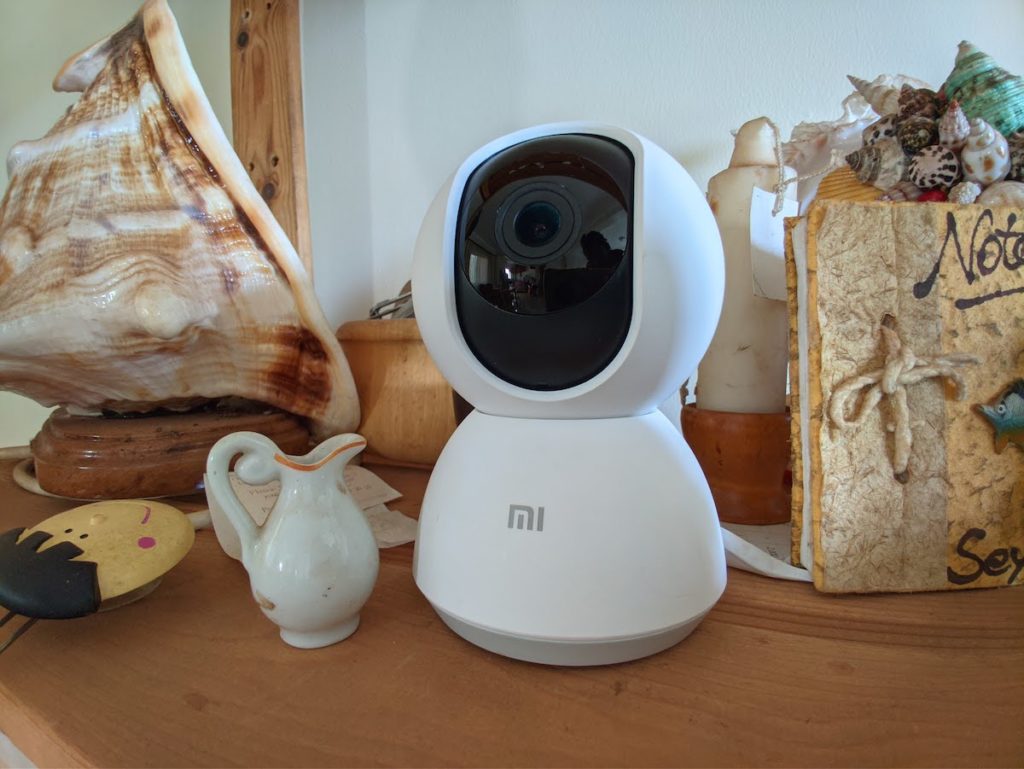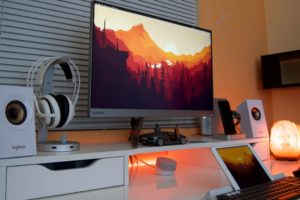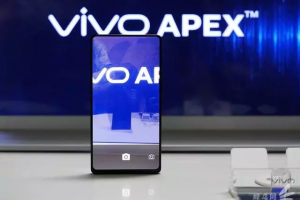Home security cameras have come a long way. A while back, CCTV or closed-circuit television was the standard way for home and office monitoring. But CCTV solutions were often too expensive and required specialized installation and not so easy to use. Today’s smart home security cameras do more with less thanks to smart connectivity, cloud storage and software.
A smart home security camera will keep tabs on your home indoors or outdoors for as low as $30. The cameras often connect to the internet via WiFi so you stream live footage or motion-detected video recording through a companion smartphone App.
With most smart cams, you can decide to record video locally on the camera, usually on an Micro SD card upto 64GB sold separately. You can also opt for cloud storage. In this case, video footage is recorded and stored on the cloud through the internet. A monthly subscription from the camera vendor usually applies.
Alright, so I have personally used about three Smart home cams; the budget $30 Yi 1080 home security camera, the $70 Wyze Pan cam and Xiaomi’s $65 Mi 360 degree 1080p camera. All of them are a great recommendation, it just depends on your budget and features you want. But all of them have the following features;
Internet access
Almost all these Smart home security cams need an active internet connection to work. The faster the better and preferably unlimited internet plan is preferable. I personally subscribe to Liquid Telecom unlimited home internet which has worked great for me.
The cams typically connect to a 2.4GHz WiFi band of your internet router. Newer cameras have dual-band support meaning they can connect to both the 2.4GHz and 5GHz band. But the 2.4GHz band is preferred by vendors because it offers longer range and is ubiquitous. So if you have a dual-band router, I suggest you create two SSIDs for each band so that you are sure which one you’re connecting to, otherwise you’ll have a headache setting up the camera.
Internet access is needed so that you can stream live video feed from the camera to a companion smartphone app, smart display or smart TV. Internet access also enables video recordings to be stored on the cloud when activated.
So does the camera work offline? What happens when you have an internet outage? If there is no internet, the camera stores the video feed on the camera’s micro SD card where you can access it from your smartphone and view it at your convenience. However, you need an active internet for video footage to be recorded on the cloud.
Video recording
You can decide how you wish the camera to record video. You can choose between continuous recording just like most CCTV cameras or activity based recording. Continuous recording requires a lot of storage which is only available on the cloud, so you will be forced to pay for a running monthly storage subscription with your camera vendor. But it’s great if you want complete surveillance.
Myself, like most people, opt for activity based recording. In this case, the camera will only start recording when an activity is detected, usually motion or sound. Typically the camera will try to detect human movement specifically, not just any motion to eliminate false positives. These recordings are usually short, usually lasting about 6 seconds. You can choose to record locally or to the cloud.
Storage
You can view a live video feed of your camera through a smartphone app or smart display or smart tv. But the camera also can record video for later viewing in two ways; either locally to a Micro SD card you install on the camera or the cloud. It’s up to you to decide. Local storage is of course limited to the size of the Micro SD card which is typically about 64GB. That’s about 4 days of HD footage before the card becomes full.
You can also opt to record the video footage to the cloud. Usually, your camera vendor will offer a free package but will upsell you to a paid monthly subscription package that offers more storage and supports a larger number of cameras.
Local storage has the advantage of being fast to record and able to work when cam is offline. However, it’s not secure. If the thief vandalizes the camera itself, then you lose the footage as well. Not so with cloud storage. Footage stays on the cloud and can easily be accessible anywhere even when the camera is vandalized. However, it can’t work offline. So those are the trade-offs. You have to pick what works for you.
Outdoor vs Indoor
With smart cameras, you can choose between indoor and outdoor models. Indoor cameras are designed to be used inside your house. Indoor cameras are usually powered via USB, so you have to power them via a wall socket. They also have better privacy features.
But the outdoor cams are more rugged, are waterproof, can support flood lights, can be wall-mounted and can be solar or battery-powered since power source is a challenge. Outdoor cameras are more involved, so vendors have to design for the great outdoors usage. As a result, they are more expensive than their indoor counterparts.
Smart home camera features
With the basics covered, smart home security cameras come with additional features including;
- Night vision
- Two-way Audio
- Voice control through Google Assistant or Alexa
- Pan, Tilt and Zoom
- Live stream to Smart TV or Display
Most come with Night vision so you can still view video footage in low light or in the dark. This is possible through infrared lights which are visible or invisible. The Wyze Cam Pan Infrared lights for instance are invisible which is cool.
You can also get two-way audio. You can talk to anyone, close the camera though the smartphone app and have a conversation like Zoom or Skype. This is useful for mums wanting to talk to their kids back at home for instance.
With smart voice assistant integration, usually Google Assistant or Alexa, you can control the camera through voice commands via your phone or smart speaker or display. You can also view live camera feeds to smart TV or smart display for instance with Google Assistant.
Budget Smart home security cameras we recommend;
- YI 1080p Smart Home Camera – $24.99
- Blink Mini Compact indoor indoor camera – $34.99
- Wyze Cam Pan v2 1080p – $49.98
- Xiaomi Mi 360° Home Security Camera 2K Pro – $79.99
- Nest cam Indoor (battery) – $99
Alright, so next time you’re buying a smart home security camera, those are some of things you should know.
Discover more from Dignited
Subscribe to get the latest posts sent to your email.












